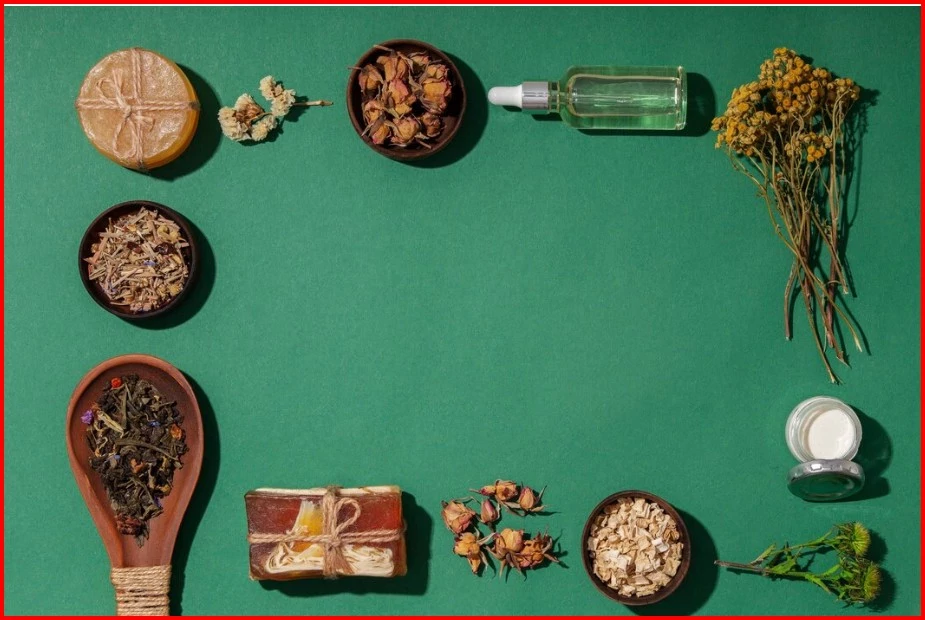
Ayurveda is an ancient form of medicine that is used world-wide. It combines the psychological, physical and spiritual health. Its prime focus is on healing of the entire body and mentions that an individual’s dosha is what defines their health and personality. The whole system of Ayurveda is in relation to the three doshas and we shall understand how they play a role in our health and lives. These are effective principles that aid us in better understanding not only ourselves but also the world. In Ayurveda, the Tridosha which is the Vata, Pitta and Kapha are considered as energetic forces of nature. Each specific dosha has a part to play in the human body, which mean that if they are off-balance they can be harmful to our health.
The three doshas are as follows –
1. Vata - associated with air and space
2. Pitta - associated with fire and water
3. Kapha - associated with earth and water
The doshas are in direct relation to elements of nature. It is widely known that there are five elements of nature which are –
1. Earth (Prithvi)
2. Water (Jala)
3. Air (Vayu)
4. Space(Aakash)
5. Fire (Teja)
The Ayurvedic element Vata dosha is in association with air and space. The nature of Vata dosha is light, cool, and dry. It presides over the movement and processes within our body and mind. It demonstrates processes like the blood flow, waste elimination, respiration, the nervous system, movement of joints, and occurrence of ideas. Autumn weather represents this dosha due to its cool and crisp days.
The characters associated with Vata may be describes as creative, flexible and slim. The following are some important qualities –
• Out of the box and creative thinkers
• Quick to learn
• Multi-taskers
• Kind natured
The drawbacks are –
• Sensitive to cold
• Anxious
• Emotional chaos
• Weak blood circulation
• Sleeping disorders
• Digestive concerns
The Pitta dosha is associated with the elements of fire and water. The characteristic of this dosha is that it is heated, light, intense, smooth and mobile. The hot and sunny summer days are usually associated with the Pitta dosha. It has an effect on the metabolism, skin, complexion and body heat.
People with this type of dosha are known to be athletic, muscular and possess leadership skills. They possess the following strengths -
• Intelligent
• Leadership skills
• Fine circulatory system
• Determined and strong-willed
• Quick to grasp or learn
• Good skin and hair health
The weaknesses they possess –
• Impatient
• Hostile
• Mood swings
• Sensitive to hot climate
• Inflammation
The Ayurvedic element Kapha dosha is in association with earth and water. The nature of this dosha is usually leisurely, humid, weighted, soft and steady. The season of spring is suitably known as the Kapha season, as parts of the globe gradually exit hibernation.
Individuals associated with this dosha are known to be caring, thick-boned and tough. Their strengths are below-
• Caring
• Empathy
• Trust
• Calm and patient
• Joyous
• Bone and joint strength
• Strong immunity
The weaknesses that they have –
• Time-consuming metabolism
• Oversleeping
• Breathing problems
• Increased heart disease risk
• Lack of motivation may lead to depression
• Weight- gaining
The three doshas have certain functions classified on the basis of the elemental forces that they comprise of.
The Vata dosha manages all kinds of movement present within the body, usually present below the navel or lower abdominal region. It aids in ensuring that respiration functions smoothly, maintenance of tissue health, handles urges such as hunger, excretion and slumber. Moreover, it maintains heart functions, blood circulation, muscle contraction and messages passed on via nerves from the brain to the entire body.
The Pitta dosha is located in the upper abdominal region above the navel. It manages metabolism and digestion. In association with fire, it gives birth to intelligence and bodily radiance. It is concerned with transformation and hence, presides over emotions as well as experiences.
The Kapha dosha, located in the torso, provides immunity, strength and stamina to the body. It ensures stability and robustness of the body structure. It is concerned with the hydration of cells and tissues, skin moisturizing. Furthermore, offering lubrication to joints permitting their healthy functioning.
Good health is ensured as the doshas are in balance though there may be possibilities of vitiation.
An improper diet, consuming of foods against the dosha, lack of management regarding lifestyle, improper routines, tensions and stress lading to trauma or anxiety may cause an imbalance in the dosha. Whatever may be the causes, when any of the three doshas are vitiated, the state of harmony is disrupted impacting your health.
If there is vitiation in the Pitta dosha it results in reactions in the body inflammatory in nature, affecting the various organs. It leads to a state of mind negative in nature initiating jealousy, criticism and frustration. Digestion is affected leading to increased urges of hunger and thirst, skin and excreta discolouration, excess sleep disorders. Lengthy exposure to heat and the sun or too spicy foods add insult to injury for the Pitta dosha.
A vitiated Kapha leads to congestion in body tissues and organs, coldness and physical as well as mental stagnation. A few examples of this effect can be a flabby body and skin tuning white in colour. Respiratory issues are one of the most common causes of this imbalance. It induces lethargy, possessiveness and makes an individual obstinate. Damp weather and foods that contain excess fat aggravates the Kapha dosha.
Vata dosha vitiation results in pathological or metabolic dryness. It will make you feel weak and verbal issues crop up along with confusion.
Therefore, it is vital to correct any imbalance in the doshas and there are multiple ways to do this. The use of medication that utilizes remedies which are herbal or Ayurvedic, alteration in lifestyle, regular exercises, dietary modification and undergoing therapy will help in correction.
To balance the doshas, according to Ayurveda, let’s say if too much cold is caused then it should be balanced with heat.
To balance the Vata dosha in cases of vitiation a warm or moist environment is to be taken into consideration on a physical and emotional level. Pleasant or sweet fragrances and music plays a significant role in correction and maintaining balance. Seeking emotional comfort as well as consuming warm and soft foods such as properly cooked veggies, poultry and dairy products. Using more salt, sour and sweet tastes in food.
Seeking a cool environment and resting on a soft bed would be advisable in optimising the Pitta dosha. Consumption food that is light, cold and sweet. Moreover, including fruits, salads and fresh veggies to your diet is an important step.
Active and emotional support from near and dear ones as well as being physically active will balance the Kapha dosha. Your diet must consist of pungent, spicy and acidic tastes. Regular exercise will help in the improvement of blood circulation and boosting immunity.
On the basis of the qualitative nature relating to the three doshas, Ayurvedic bodies are defined. The doshas are the main functional energies, being a part of the body it will remain by your side throughout your life. This is what constitutes an individual, which is based on the dosha that is predominant. The incorporation of Ayurveda into your life will ensure a healthy mind and body. As the saying goes “Health is Weatlh”, visit www.VedicClinic.com to get more tips, remedies and advice on your well-being and how to stay happy and healthy.


